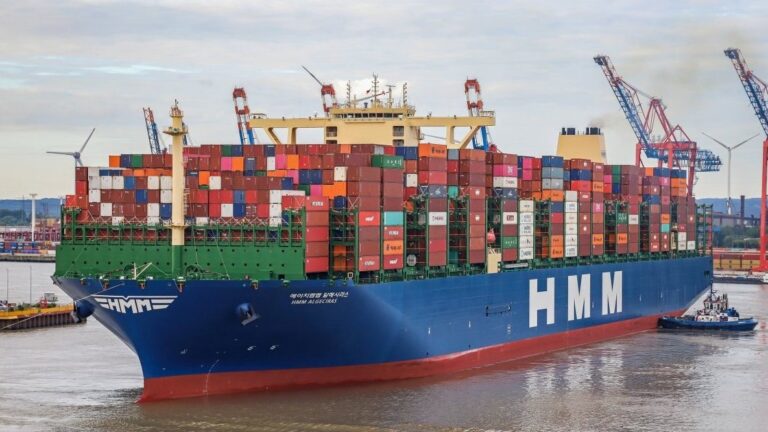
The containership, MV HMM Algeciras. Source: FleetMon.com
6. Long Ships, Tall Ships, Big Ships, Small Ships: The Many Ships of San Pedro Bay’s Seaports
Author: Dr. James A. Fawcett, USC Sea Grant Maritime Policy Specialist/Extension Director (retired)
Media Contact: Leah Shore / lshore@usc.edu / (213)-740-1960
A visit to the ports these days is quite an experience; ships are getting bigger, especially the container fleet. So let’s talk about what you’ll see when you next take a trip down to our two busy harbors, the Port of Los Angeles (POLA) and the Port of Long Beach (POLB).
Containerships
If you have not visited the ports recently, the first thing that you will notice is that the vast majority of the ships at the docks are containerships: large ships designed for one purpose—to carry the container boxes that we talked about in a previous article. These are purpose-built ships that have the capacity to hold many, many containers both below and above the main deck. They are referred to as cellular containerships, meaning that a ship’s cargo hold is designed specifically to host containers of the two standard sizes: 20 foot long (one twenty-foot-equivalent unit or TEU) boxes or the larger 40 foot long (two TEU) boxes.
These ships vary in size, but they’re trending larger. One limitation on these large ships is the capacity of the Panama Canal, and many are built to the maximum size of their “new” locks which opened in 2016. With the new locks, the largest ships capable of passing through must be no more than 365 meters (1200 feet) long, 49 meters (161 feet) wide (also known as its beam width), and having a draft (distance to the deepest part of the ship below the waterline) of no more than 15.2 meters (49.9 feet) deep carrying 10,000-14,000 TEU. For perspective, this yields an average maximum length of four football fields, a width equal to one football field’s width, and a depth of ⅙ of a football field. Nevertheless, there are containerships that exceed those dimensions whose voyages must use the larger Suez Canal in Egypt.
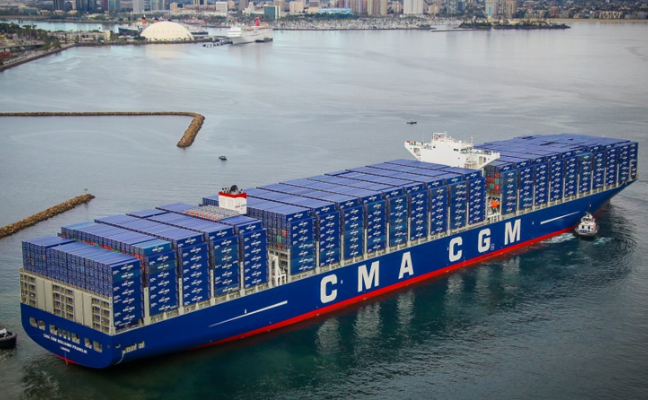
Benjamin Franklin, entering the Port of Long Beach. Source: CMA CGM
World’s Largest Containership
This spring, Korea launched the world’s largest containership, MV HMM Algeciras, a vessel with a capacity of 24,000 TEU and a gross tonnage of over 228,000 tonnes (1 metric ton = 2,204 pounds). Owned by the Korean company Hyundai Merchant Marine and flagged/registered in Panama, the vessel is the latest in a fleet of ever-larger containerships moving boxes of cargo around the world and referred to as “Ultra Large Container Vessels” or ULCV. How big are these vessels? HMM Algeciras is 400 meters (1,312 feet) long with a beamwidth of 61 meters (200 feet) and a draft of 16 meters (52.5 feet). At this size, the HMM Algeciras, for example, is too large for the Panama Canal.
Will we be able to see the HMM Algeciras in one of our two megaports? Perhaps. More commonly, however, we see containerships that are in the 10,000 to 14,000 TEU size range and that are capable of transiting Panama’s locks. These are referred to as the Post Panamax or New Panamax classes of vessels. Still, smaller containerships down to vessels that carry only 1,000 TEU are used, depending upon the volume of cargo and the limitations of the ports served.
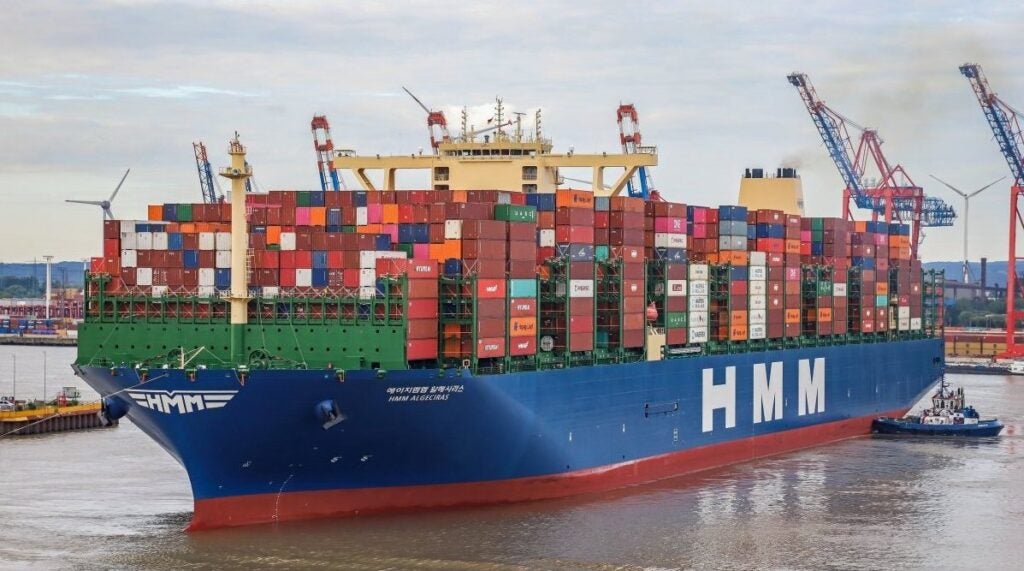
Panamax, Post-Panamax, and New Panamax
Of the smaller classes of containership vessels, many are of the Panamax class with dimensions permitting transit through the original Panama Canal locks (294 meters / 965 feet long x 32.3 meters / 96 feet beam width x 12.4 meters / 39.5 feet draft) and capable of carrying 3,000-5,000 TEU. Almost all of the containerships that we see in POLB and POLA will be either of the Panamax, Post-Panamax, or New Panamax class of vessels. The containership carriers calling on our two ports are almost all foreign-flagged (registered) except for Matson Lines, Pasha Hawai’i, and Horizon lines, all serving customers in Hawai’i and Foss Maritime Services for Alaskan cargo. Container service in our ports is provided by seven terminals in the POLA and six in the POLB.
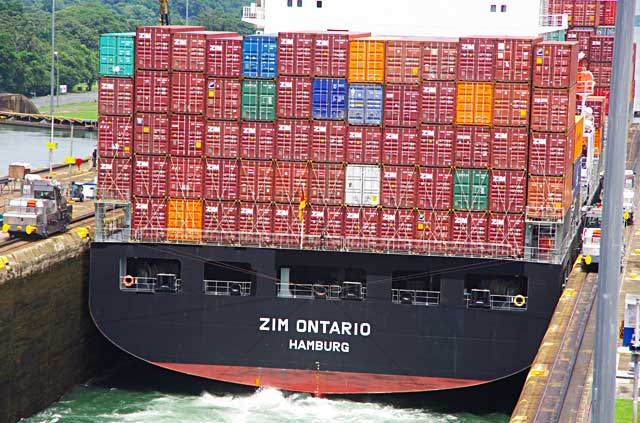
Bulk Carriers
Containerized cargo is very important to our local economy and the two ports, but there are other cargo types—and, thus, ship types—that serve the region. Observers of the ports will see many vessels that are not containerships but whose cargo may be difficult to discern merely by appearance because the ships do not have cargo stacked on deck. Many are likely to be bulk carriers, vessels that carry cargo in bulk form. Those can be further divided into dry-bulk carriers and liquid bulk carriers and those categories can be broken down even further.
For example, dry-bulk can be minerals such as gypsum, cement, ore, petroleum coke (used in making steel), and scrap metal. Similarly, another bulker may be carrying food products such as grain, animal feed, flour, or other food-grade product for which the ship is designed.
Dry bulk carriers are often loaded or unloaded by mechanized systems such as open and covered conveyor belts or bucket belts that reach into the holds of vessels. Alternatively, single hoist bucket cranes can also be used, albeit at slower loading and discharge rates.
Liquid bulk carriers also divide into those carrying food products (cooking oil, molasses, fruit and vegetable slurries) and others carrying non-food products. In the latter category are crude and refined petroleum products, chemicals, and minerals reduced to liquid (i.e. liquid sulfur). The advantage of liquid transport is that the products can easily be pumped into and out of the tanks aboard these ships at their origin and destination.
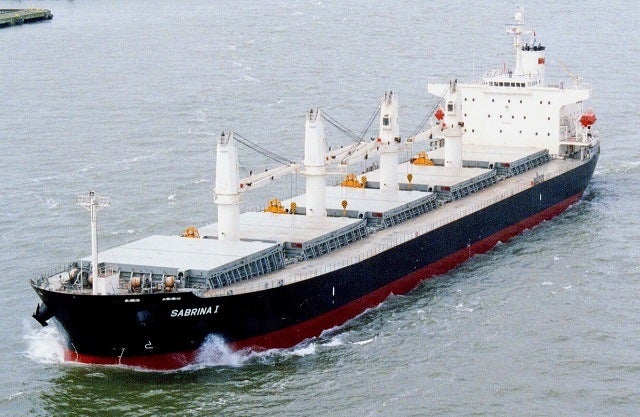
Ro-Ro Vessels (Vehicle Carriers)
Looking somewhat like a floating office building laid down on its side is another unique vessel serving our ports: the auto/vehicle carrier, or, as it is known in the harbor, a roll-on/roll-off (ro-ro) vessel. These huge slab-sided ships have a large ramp at the stern, which is lowered onto the dock so that cars, trucks, farm and construction equipment, and other wheeled vehicles can be loaded on board. Inside the ship are multiple decks just like a shoreside parking structure but with tie-downs so that the vehicles will not move in rough water. They are positioned ready to drive so that at its destination, crews of drivers can board the ship and each drive a car off to a nearby secure storage area.

Cruise/Passenger Ships
Often painted white, the ports also welcome cruise ships/passenger ships, which dock at specialized cruise terminals at both ports that include baggage handling facilities, customs, and immigration and inspection stations for passengers and their possessions. Much like an airport, these facilities are used only for passenger vessels and are characterized by large, often bare concourses that can be configured for different sized vessels, from smaller 3-400 passengers to mega-ships accommodating 3-4,000 people. Since these vessels often debark passengers ending a cruise in the morning and embark another group in the late afternoon, the passenger terminal experiences a whirlwind of passenger and ship service activity all in one day as provisions are loaded aboard for the next cruise and refueling may take place simultaneously while in port.
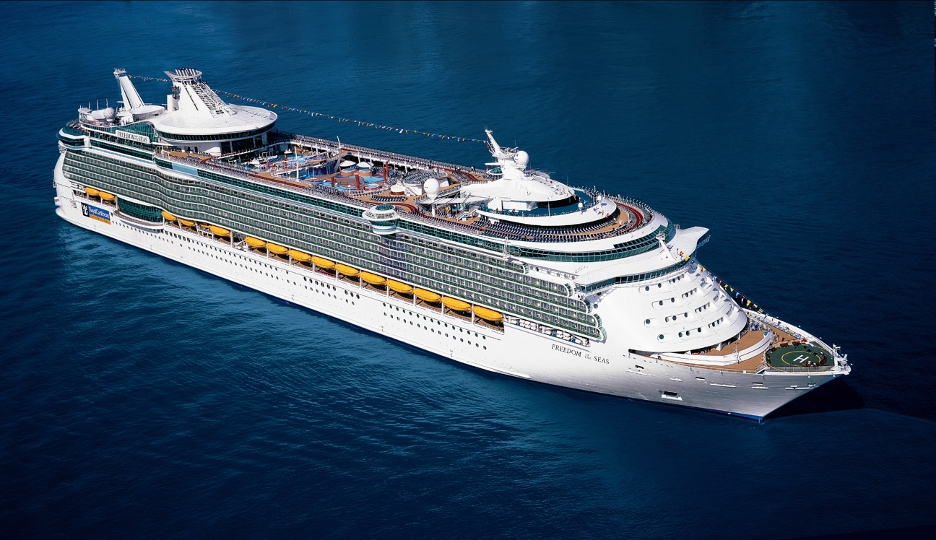
Break-Bulk Vessels
Before 1956, cargo was moved carton by carton or pallet by pallet in a form of goods movement called break-bulk, and the vessels were immediately identifiable by their incorporated cargo booms that were needed to stow and retrieve cargo from the holds within the ship. As we know, most of these vessels are now obsolete, replaced decades ago by the containerized cargo movement. But, a few remain in service for specialized cargo such as refrigerated ships that move fruit from Central and South America to our ports for distribution to local grocery stores and produce markets. We still see these specialized vessels and can best appreciate them when we purchase out-of-season fruit in our local markets. Today, steel is also moved by break-bulk ships into the ports of Los Angeles and Long Beach.
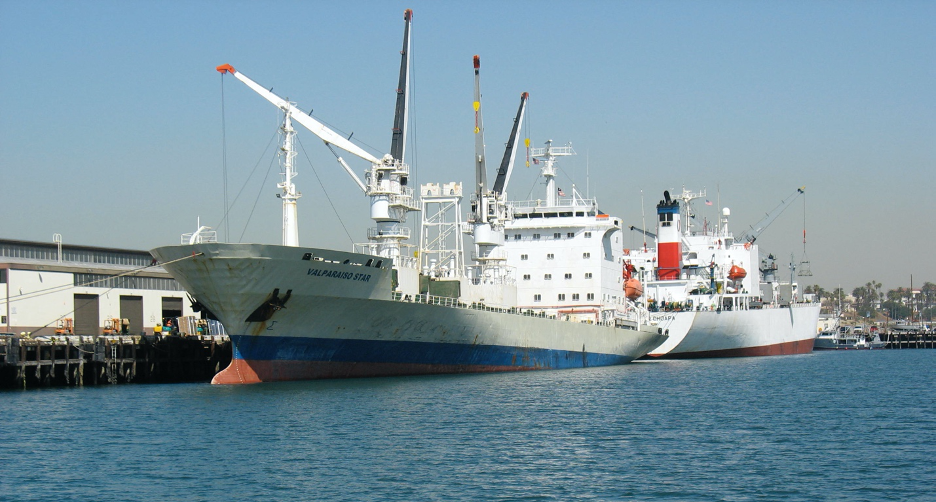
Heavy-Lift Ships
At times, there is cargo entering or leaving the port that does not fit conveniently into one of these ship categories. For example, container cranes—those giant devices that glide along the docks to reach out over container ships to pluck boxes and transfer them to trucks on the dock. The cranes are often 200 feet high and stand on legs that are half of their height. None are made in the US, and they are also completely fabricated before transport to our country. Their top-heavy weight inspires concern if not terror in any experienced mariner but so-called heavy-lift ships that are heavily ballasted bring the cranes safely to our ports. This is a relatively rare occurrence but the transfer from ship to dock is a sight to behold.
Another class of cargo called “project cargo” includes large, unusually shaped items that must be carried intact but do not fit in either containers or the ships’ holds. For example, industrial equipment such as large tanks or windmill blades that may be hundreds of feet long. These are deck-loaded on either general cargo vessels or bulk carriers and the nature of the cargo defines the type of vessel on which they are transported.
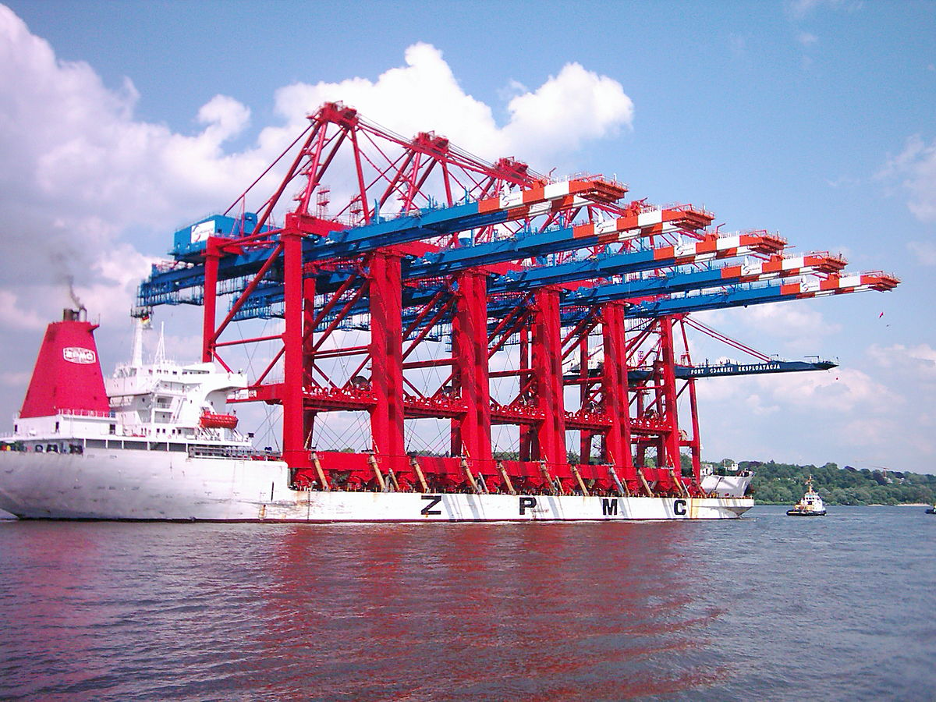
Tugboats
Assisting all these vessels is the fleet of tugboats that maneuver ships to their docks under the guidance of a port pilot. Today tugs are commonly powered by large diesel engines connected through azimuth thrusters (known as Z-drives or L-drives because of their shape) or Voith-Schneider cycloidal drives. In these configurations, a tug has the ability to exert force from any side of its hull against the adjacent ship, pushing it into its berth so it can be secured to the dock. But, these versatile vessels can also be attached to the larger ship with a wireline to pull on a ship to slow it down in the harbor. Tugs are absolutely essential to the safe operation of our harbors.

Bon Voyage!
There are many other types of vessels in the harbor: fishing boats, US Coast Guard cutters and buoy tenders, tour boats, ferries, port pilot vessels, and all manner of recreational pleasure craft. Yet, nowhere will we see such a wide array of ships and boats as in our two harbors, the Port of Los Angeles and the Port of Long Beach. If you haven’t been to the ports recently, it’s worth a visit if only to sit in your car to watch the parade of ships sail by.